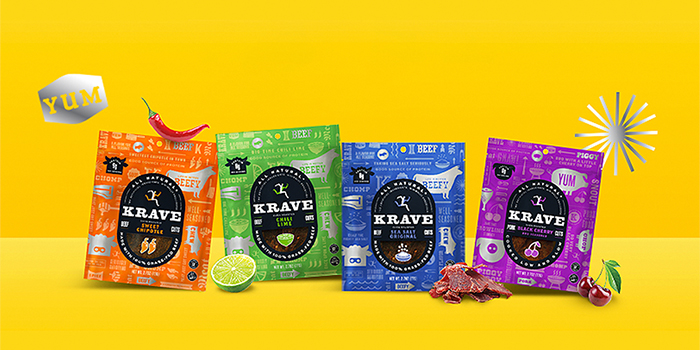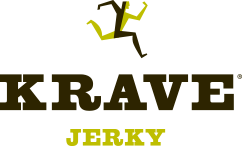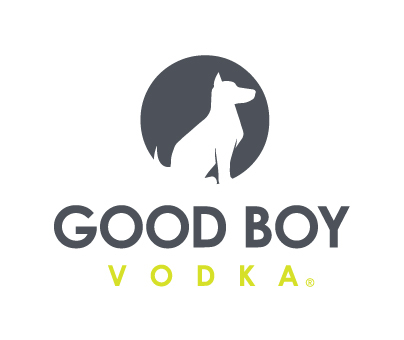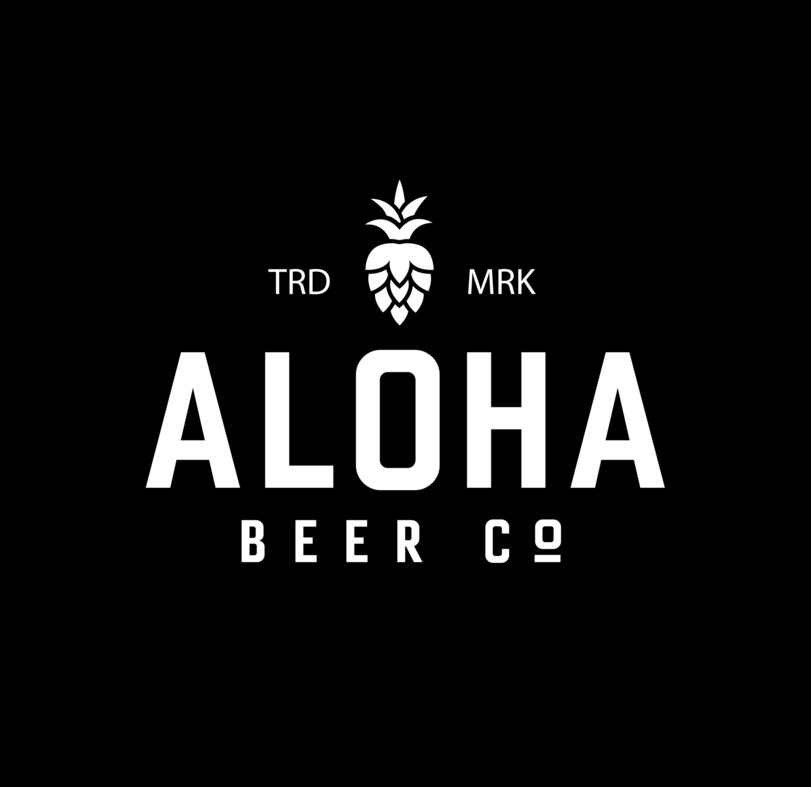Krave Relaunches: Goes ‘Back to Basics’

Though jerky brand Krave helped create the meat snacks craze, in the years since its launch in 2009 the brand lost some of its cache and faced increased competition. Now rejoined with its original owner, the company announced today new packaging and product innovations designed to hopefully reclaim its premium positioning.
Founded by Jon Sebastiani, Krave sold to CPG giant Hershey in 2015. Last May Sebastiani’s investment group and incubator Sonoma Brands announced it had purchased the brand back from Hershey, with plans to create a meat snack platform under a new holding company.
Since then, Sebastiani said, the company has focused on rebuilding and “going back to basics.” To begin with, the company brought on an executive team, including Rob Schofield (formerly of Hippeas) as VP of sales and Matt Grebil (formerly of Three Twins) as VP of operations. Original Krave employees including Rusti Porter (chief brand officer), Steele Messinger (director of marketing) and Jens Hoi (VP of product and innovation) have also all rejoined the company.
“We set out a plan to really reintroduce the brand…It wasn’t a small turn of the dial that was going to reestablish Krave as a leader,” Sebastiani said. “It was going to require some heavy plumbing to redirect the trajectory of the business.”
The new design comes courtesy of branding and design firm Hatch, which developed the original Krave packaging. The goal, Sebastiani said, was not to be “a complete departure” from the prior branding, but instead show the brand has “sharpened its edges.” While the collage-like background has remained, the packaging colors are brighter and have bigger illustrations along with a more prominent protein callout.
Though an “all natural” jerky was unique in 2009, it’s not anymore. To appeal to health conscious consumers, Krave has also changed its sourcing and supply chain to only use grass-fed beef — a callout also embraced by jerky brand Country Archer. The company also launched a zero sugar line today, available in Southwestern Hatch Chile and Sonoma Style BBQ. Future innovations also being considered include biltong, other plant-based offerings and meat-based chips.

Though he admits there are plenty of jerky brands that have debuted since Krave launched, Sebastiani said he believes there hasn’t been another brand that has been able to support a premium positioning with a national reach. Instead, he added, other meat snack companies have only offered slight improvements on conventional jerky or must price their products too high for the average shopper in order to maintain a solid margin.
Sonoma Brands also acquired meat snack brand Chef’s Cut last year. The company is bundled alongside Krave under its new Triple Peak holding company, and is being refocused to attract conventional shoppers. Sonoma is still evaluating other meat snack brands acquisitions, Sebatiani said.
The deliberate pace represents the challenges the company faces in bringing Krave back to its glory days.
“This time around [our] first mover advantage had vanished. And with Krave, you know, we’ve had to, you know, scratch and claw our way back to relevancy,” Sebastiani said. “All the things that were disruptive when we started Krave, today have become commonplace. There’s lots of innovative brands [and] the category at large is really mature.”

















